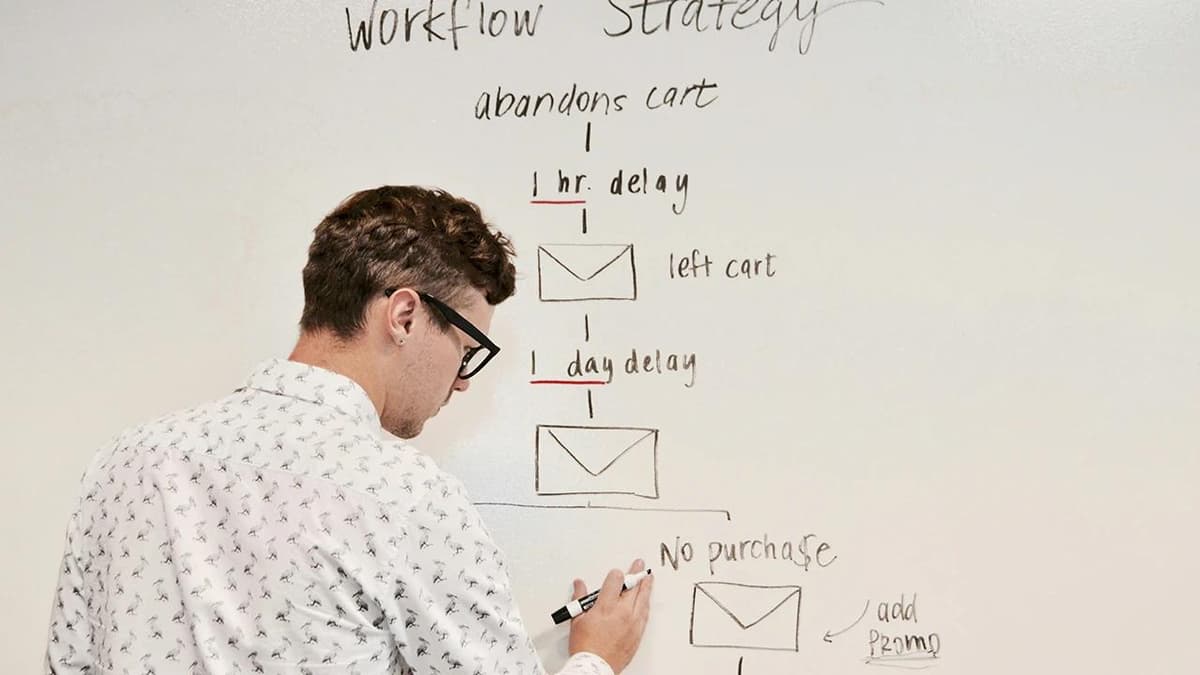Will AI Create an Even Bigger Gap for Society?
AI has become a significant influence across many industries. It is changing how tasks are completed and the landscape of work. While AI offers opportunities, concerns are rising about its potential to widen the gap between skilled professionals and the general public, leading to increased societal inequalities. This article examines the implications of AI on this gap and suggests ways to tackle these challenges.
The Rise of AI and Its Impact on the Workforce
AI technologies, including machine learning, natural language processing, and robotics, have advanced significantly. These technologies enable machines to perform complex tasks that once required human intelligence. As AI progresses, it is set to automate many routine and repetitive jobs in sectors like manufacturing, transportation, customer service, and healthcare.
While AI-driven automation can enhance efficiency and reduce costs for organizations, it raises concerns about job displacement. A study by McKinsey indicated that automation could impact millions of jobs globally. This disruption may disproportionately affect workers with lower skill levels and those in industries vulnerable to automation.
The Professional-Public Gap and AI
What is the professional-public gap? It refers to the differences in knowledge, expertise, and access to resources between highly skilled professionals and the general public. AI could widen this gap in several ways:
1. Skill Requirements and Training
With the rise of AI, there is a growing need for specialized skills in areas like data science and AI development. These skills are typically gained through formal education or specialized training. Unfortunately, access to quality education and training is often uneven.
People from disadvantaged backgrounds may encounter challenges in obtaining the skills needed for the AI job market. This can create a larger divide between those who can utilize AI effectively and those who cannot.
2. Economic Inequality
AI's adoption can reshape the economy. Companies that successfully implement AI gain a competitive edge, which can lead to greater profits and market control. This can exacerbate economic inequality by consolidating wealth in a few organizations.
As AI automates tasks, low-skilled workers may face job displacement or wage reductions. Consequently, income inequality may rise, with fewer individuals reaping the benefits while others struggle to find stable employment.
Addressing the Challenges
To reduce the negative impacts of AI and close the professional-public gap, consider the following strategies:
1. Education and Skill Development
Investing in education and skill development is crucial. Governments, educational institutions, and organizations should work together to provide accessible training programs in AI-related fields. This ensures that people from diverse backgrounds can gain essential skills for the evolving job market.
2. Ethical and Inclusive AI
Creating AI systems that are ethical and inclusive can help reduce biases and ensure fair distribution of AI benefits. Prioritizing diversity in AI development teams helps avoid biased algorithms. Implementing robust ethical frameworks can also address privacy, security, and accountability issues in AI use.
3. Reskilling and Job Transitions
Facilitating reskilling and job transitions is vital as automation changes job roles. Governments and organizations should back programs that help displaced workers acquire new skills and transition to emerging industries. This can soften the adverse effects of AI on employment.
4. Collaborative Approach
Tackling the challenges of AI requires cooperation among governments, businesses, academia, and civil society. By collaborating, these groups can develop policies and initiatives that promote responsible and inclusive AI deployment. Such teamwork can help lessen AI's negative effects and encourage a fair distribution of its advantages.
AI has great potential to change industries for the better. Yet, it may also deepen the divide between skilled professionals and the general public due to differences in skills and economic opportunities. Through strategic investments in education, ethical AI development, reskilling, and collaboration, it is possible to create a future where AI helps reduce the gap rather than increase it. Addressing these challenges is vital for realizing AI's full potential in building a fairer society.












